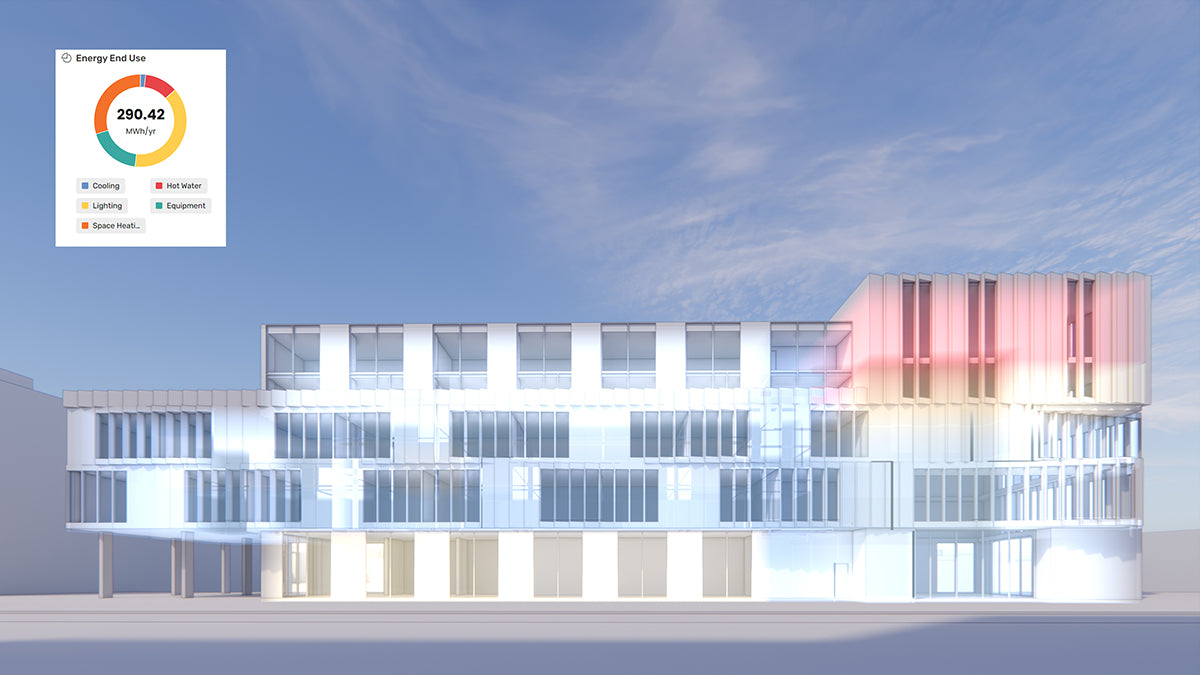Your Cart is Empty
Customer Testimonials
-
"Great customer service. The folks at Novedge were super helpful in navigating a somewhat complicated order including software upgrades and serial numbers in various stages of inactivity. They were friendly and helpful throughout the process.."
Ruben Ruckmark
"Quick & very helpful. We have been using Novedge for years and are very happy with their quick service when we need to make a purchase and excellent support resolving any issues."
Will Woodson
"Scott is the best. He reminds me about subscriptions dates, guides me in the correct direction for updates. He always responds promptly to me. He is literally the reason I continue to work with Novedge and will do so in the future."
Edward Mchugh
"Calvin Lok is “the man”. After my purchase of Sketchup 2021, he called me and provided step-by-step instructions to ease me through difficulties I was having with the setup of my new software."
Mike Borzage
Novedge Webinar #105: V-Ray for 3ds Max – Q&A with Simeon Balabanov
March 06, 2014 2 min read
In this great webinar from the team at Chaos Group, V-Ray Master Trainer Simeon Balabanov shows us new features and improvements of the new V-Ray 3.0 for 3ds Max.
Here are the answers to the questions that were not answered during the live broadcast.
Q: Do you have any news about the future of GGX Shader in V-Ray?
A: Unfortunately no, since this is a shader developed by a third party.
Q: Is the tool bar automatically setup for you once you install V-Ray 3.0 for 3ds Max?
A: Yes.
Q: Is the progressive render using brute force? For V-Ray RT?
A: The progressive Image Sampler is another type of sampler, and not a render engine. So, it can use any of the GI methods that are available in V-Ray. In the case of V-Ray RT, path tracing is used, which includes the GI information.
Q: I noticed in V-Ray 2.4 when I hit the render button, V-Ray slows one's ability to still work in other programs. With the latest version of 3ds Max, when you hit the render button using Mental Ray, it automatically becomes a lower priority within the Task Manager… can V-Ray 3.0 do this?
A: Yes, you can enable the checkbox under Render Settings/(V-Ray) Settings/System/Low thread priority.
Q: Do the Intel 2600 chips use Embree? Do you get a large increase in speed from the Intel V2 chip sets that are out for the Intel 2600 series at the moment?
A: In order to make use of the Embree optimization, your workstation’s processor should support at least SSE3. You can find if your processor supports it at the Intel website.
So, the short answer is “Yes”.
Q: Does the progressive render only work from the CPUs?
A: The progressive Image Sampler is not a separate render engine, but another sampler. As such it is part of the production render engine, which runs on CPU only.
Looking for V-Ray or 3ds Max? Get your copy at Novedge.
Related articles
Also in NOVEDGE Blog

How the AEC Industry Shifted Towards Essential Sustainable Building Design
August 15, 2024 4 min read
Read More
Unlocking New Realms of Design with Enscape 4.1: Introducing Impact Add-on and Lot More
August 02, 2024 2 min read
Read More
Explore Autodesk Revit 2025.2: New Features and Enhancements for Enhanced BIM Workflows
July 30, 2024 3 min read
Read MoreSubscribe
Sign up to get the latest on sales, new releases and more …



